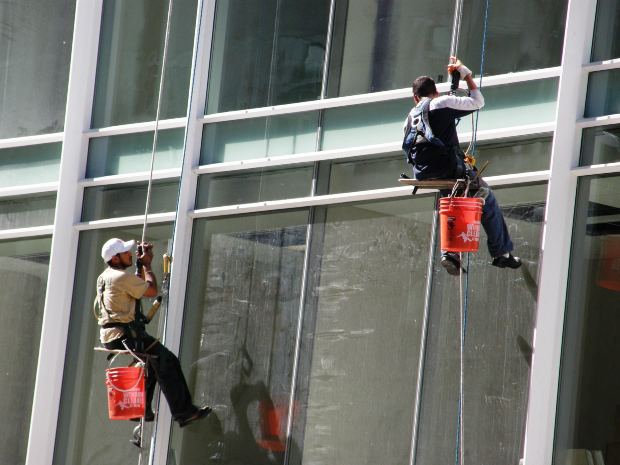Tragedy struck in a landmark Back Bay building last Friday. First responders were called to 31 Saint James Avenue after reports of a man falling to his death in an elevator shaft. According to Boston Fire spokesman Steve MacDonald, the man was an elevator operator in the building and was found unresponsive at the bottom of the shaft.
Though the police report indicates they do not believe that foul play was involved, OSHA and Boston Police investigators are still trying to determine the cause of the deadly accident. Some are speculating a safety mechanism that could have failed as the elevator was stuck between the first floor and the basement, and the man is believed to have attempted to jump to the first floor. Several local voices piped up on social media to express their concern over the freight elevator. Those who worked in the building often avoided it out of fear that something like this could happen.
Though the risk of dying in an elevator is small, the possibility of getting injured or killed on the job is not. According to the United States Department of Labor, there were 3 million work-related injuries or illnesses in 2012. Victims who are injured on the job and their families face emotional and physical pain, and well as a steep financial burden from mounting medical bills, ongoing treatment, and lost future wages.
Continue reading
 Massachusetts Workers' Compensation Lawyer Blog
Massachusetts Workers' Compensation Lawyer Blog


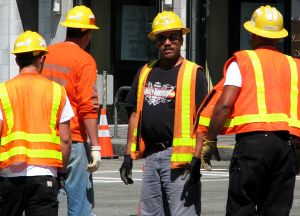 The victim, Edward Lake II, 60, died as he was unloading a bundle of rebar set to be used in the construction of the new $1.2 billion stadium. Both state and local authorities investigated the incident, and the lead construction manager halted work on the project for the remainder of Monday. The death is the second to take place at the site in four months. According to the contractor, employees would resume work on Tuesday and take part in safety meetings and be offered counseling.
The victim, Edward Lake II, 60, died as he was unloading a bundle of rebar set to be used in the construction of the new $1.2 billion stadium. Both state and local authorities investigated the incident, and the lead construction manager halted work on the project for the remainder of Monday. The death is the second to take place at the site in four months. According to the contractor, employees would resume work on Tuesday and take part in safety meetings and be offered counseling.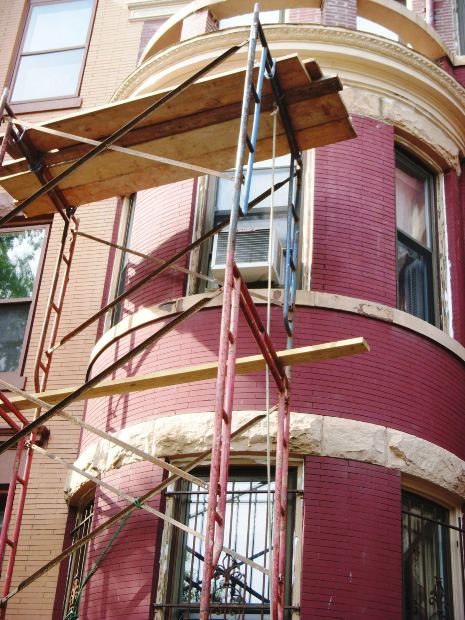 The construction business remains the most hazardous work industry in the United States, accounting for nearly 20% of all workplace fatalities annually. While both victims in this case are expected to survive, the incident serves as yet another reminder to construction workers of how dangerous their job can be. Carpenters and roofers incur risky situations on a day-to-day basis, and among these types of workers, falls are the leading cause of injury or death. In a report published by The Massachusetts Coalition for Occupational and Safety Health, out of the 32 reported work-related deaths in Massachusetts last year, six were cause by falls.
The construction business remains the most hazardous work industry in the United States, accounting for nearly 20% of all workplace fatalities annually. While both victims in this case are expected to survive, the incident serves as yet another reminder to construction workers of how dangerous their job can be. Carpenters and roofers incur risky situations on a day-to-day basis, and among these types of workers, falls are the leading cause of injury or death. In a report published by The Massachusetts Coalition for Occupational and Safety Health, out of the 32 reported work-related deaths in Massachusetts last year, six were cause by falls. 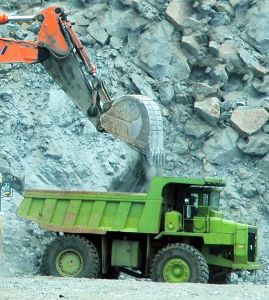 Currently, OSHA enforces a rule dated 40 years to regulate permissible exposure limits (PEL) for silica exposure, which is inconsistent between different work industries. The proposed rule would bring these PELs up to workplace standards and into the 21st century; greatly lowering the amount of silica exposure to workers. OSHA predicts that this new mandated policy would save nearly 700 lives per year and prevent 1,600 new cases of silicosis annually.
Currently, OSHA enforces a rule dated 40 years to regulate permissible exposure limits (PEL) for silica exposure, which is inconsistent between different work industries. The proposed rule would bring these PELs up to workplace standards and into the 21st century; greatly lowering the amount of silica exposure to workers. OSHA predicts that this new mandated policy would save nearly 700 lives per year and prevent 1,600 new cases of silicosis annually.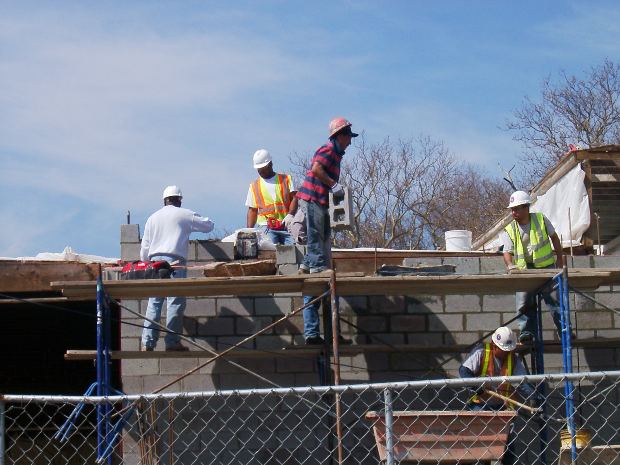 When an employee is injured at work, a certain protocol is taken to investigate how and why the accident occurred. Witness interviews are a crucial part of this protocol, and are heavily relied upon by investigators, as these testimonies provide important information that can help piece together the situation. While the purpose of investigations is not to specifically find fault for an accident, investigations are used to identify the root cause of the incident and help both employers and employees prevent similar accidents in the future. Investigations are also conducted to fulfill legal requirements, determine the costs associated with the accident, determine compliance (on behalf of the employee and the employer) with safety regulations and to determine and correct safety hazards, and to correctly process workers’ compensation claims.
When an employee is injured at work, a certain protocol is taken to investigate how and why the accident occurred. Witness interviews are a crucial part of this protocol, and are heavily relied upon by investigators, as these testimonies provide important information that can help piece together the situation. While the purpose of investigations is not to specifically find fault for an accident, investigations are used to identify the root cause of the incident and help both employers and employees prevent similar accidents in the future. Investigations are also conducted to fulfill legal requirements, determine the costs associated with the accident, determine compliance (on behalf of the employee and the employer) with safety regulations and to determine and correct safety hazards, and to correctly process workers’ compensation claims.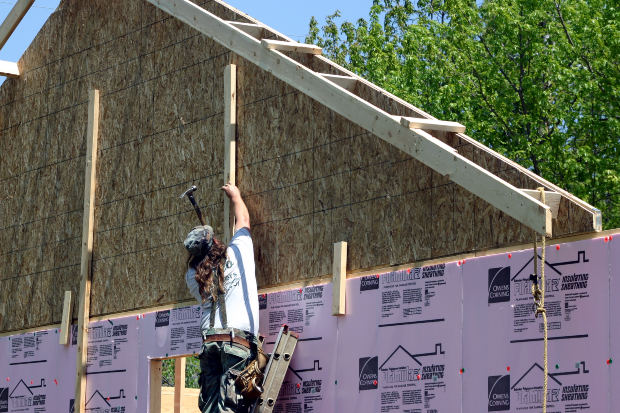 Whether it was a misstep by the victim, a manufacturing defect with the ladder or any other circumstance that caused the fall, ultimately the roofing company may be liable. By OSHA standards, employers are responsible for providing safe work environments for all of his or her employees to prevent hazardous situations that pose the threat of serious bodily injury or death. Though the details of this situation are still vague, what can be discerned is that had proper safety precautions been taken; such as the use of a safety harness, the man’s death may have been prevented.
Whether it was a misstep by the victim, a manufacturing defect with the ladder or any other circumstance that caused the fall, ultimately the roofing company may be liable. By OSHA standards, employers are responsible for providing safe work environments for all of his or her employees to prevent hazardous situations that pose the threat of serious bodily injury or death. Though the details of this situation are still vague, what can be discerned is that had proper safety precautions been taken; such as the use of a safety harness, the man’s death may have been prevented. 